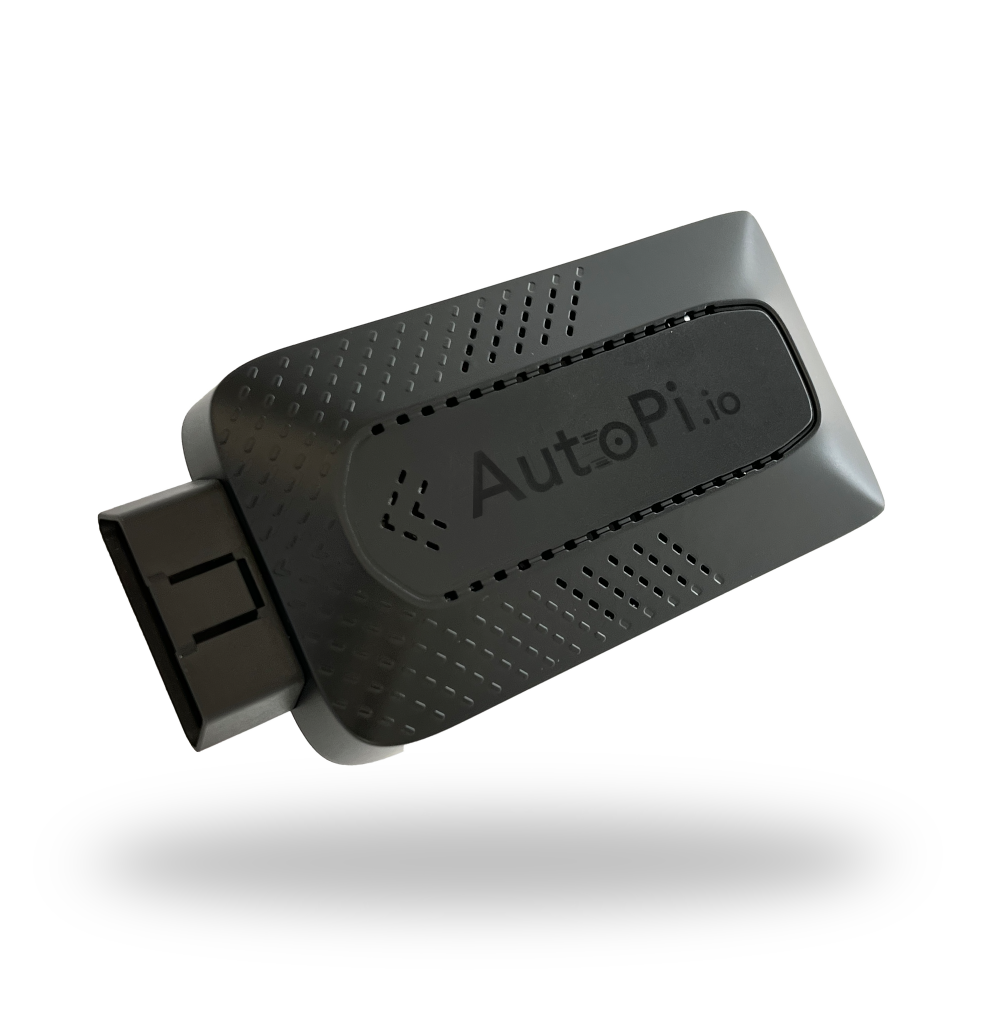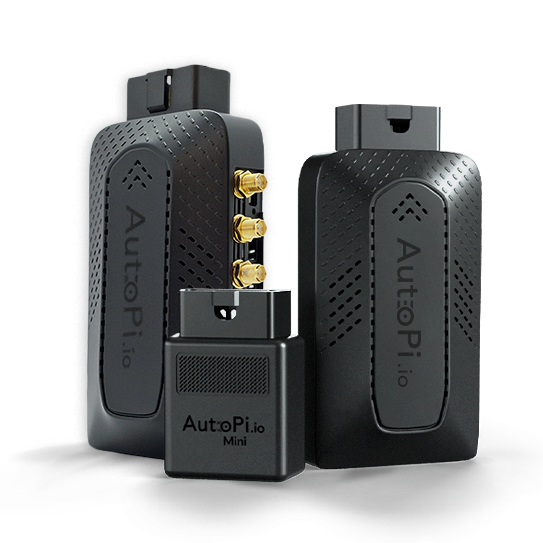Enabling Bluetooth on Legacy Devices With STN Chips
This guide only works with legacy devices using STN/ELM based chips for automotive interface. No devices sold after February 2021 contains the STN chip.
In this guide we will take a look at how you can enable Bluetooth for AutoPi devices that use the STN chip. By default the STN chip and Bluetooth don't work well together, so we will need to disable the STN chip entirely in order to get the Bluetooth functionality to work properly and the device to be kept running despite the STN chip's absence.
Enabling Bluetooth
- Disable uart_sleep
First, we will need to disable the STN chip's uart sleep functionality. When disabling the obd_manager (next step), we also disable a key heartbeat worker that keeps the device up and running by communicating to the STN chip. If the STN chip hasn't seen any communication in 15 minutes (by default), then it will put itself and the Raspberry Pi to hibernation - we want to avoid that. Run the following command to disable that functionality:
$ stn.uart_sleep enable=False
If there are any power related pending syncs on the Cloud to the device you're working with the settings we just changed might be reverted back to the default. We recommend that you synchronize all changes to your device prior to following this guide. Once the obd_manager is disabled though, no settings related to the STN can be changed by the Cloud.
You can confirm if this setting was applied correctly by running the following command and looking
for the uart_sleep value. It should say OFF, 900 s.
$ stn.power_config
# example response
_stamp: '2022-02-08T10:09:04.694796'
_type: stslcs
ctrl_mode: NATIVE
ext_input: LOW = SLEEP
ext_sleep: ON, LOW FOR 3000 ms
ext_wake: ON, HIGH FOR 500 ms
pwr_ctrl: LOW PWR = LOW
uart_sleep: OFF, 900 s
uart_wake: OFF, 0-30000 us
vchg_wake: ON, +2.00V IN 1000 ms
vl_sleep: ON, <12.20V FOR 240 s
vl_wake: ON, >15.50V FOR 3 s
-
Disable obd_manager
Next, the obd_manager needs to be disabled. You can do that by going over to Device > Services and selecting the obd_manager entry. The page that opens up should include a tab called "Settings" - click on it. On the panel that opens up, there should be a checkbox that's called Enabled - uncheck that box. You don't need to synchronize the changes yet, as we will be making another change in the next step. -
Enable Bluetooth
Finally, you need to enable Bluetooth on the device. You can do that by going over to Device > Advanced Settings > Bluetooth and changing the Mode field fromdisabletominiuart. After synchronizing the changes, the Cloud will ask you to reboot the device. After the reboot you should be able to start using the Bluetooth on the AutoPi. Use thebluetoothctlcommand to work with Bluetooth on the device.
Direct Communication With the STN Chip
In case you still need to communicate with the STN chip after disabling the obd_manager, you can.
You need to have socat installed in order to successfully establish a communication. You can do
that by typing in:
$ sudo apt update && sudo apt install -y socat
You can connect to the STN chip with the following command. Feel free to tweak the device parameters to your own liking:
$ sudo socat /dev/serial0,echo=0 -
Let's take a look at some example commands:
STSLU off, off # disables the uart_sleep functionality
ATZ # needed in order to apply the above command's settings
STSLCS # use this command to double check if the UART SLEEP value is off
If you need to execute other commands, you will need to consult the STN chip specification.
 Buy AutoPi device
Buy AutoPi device Compare all AutoPi devices
Compare all AutoPi devices